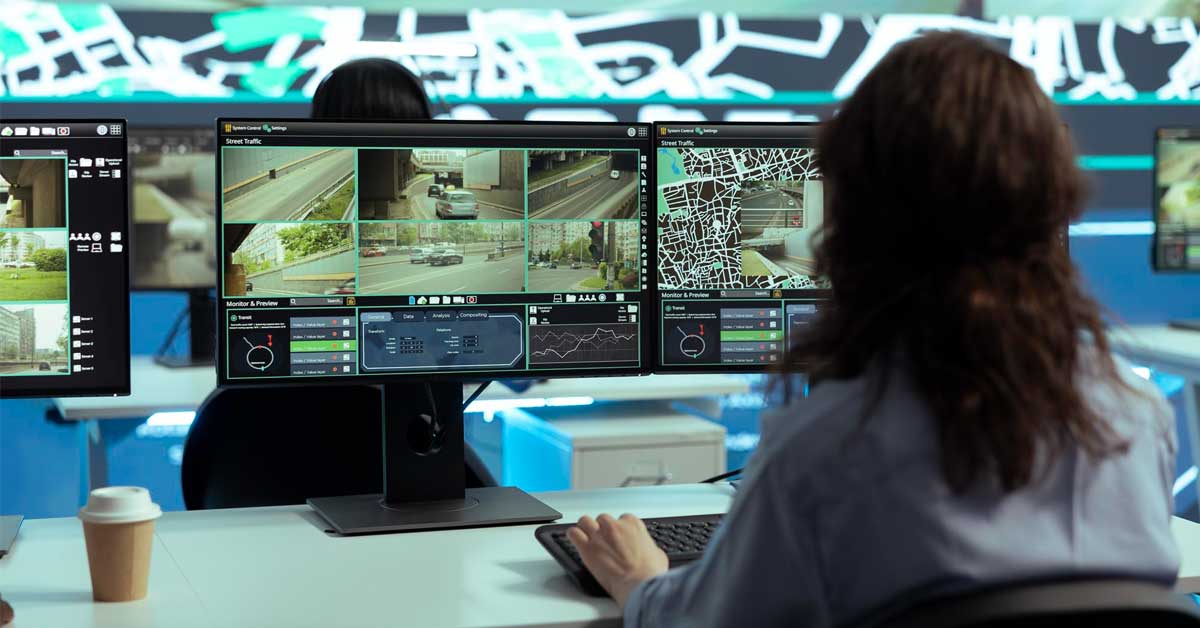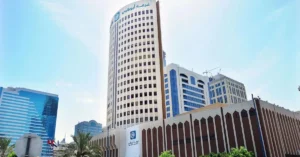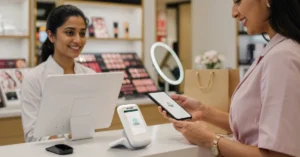When you walk into a retail store, you might not notice it, but there’s often a powerful tool working behind the scenes: heat mapping technology. This innovative solution is changing the game for retailers, helping them understand customer behavior in ways that were once unimaginable. Ever wonder why certain stores feel more organized or why some displays just seem to catch your eye? It might all come down to heat mapping.
What is Heat Mapping in Retail?
Heat mapping is essentially a visual representation of how customers move around a store. It tracks where people go, where they linger, and which areas they avoid. Using surveillance technology, the technology captures data on foot traffic and activity and then presents it in a color-coded map. The “hot” areas (often represented in red) indicate where the most activity happens, while “cold” areas (shown in blue) reveal spots with less traffic.
But heat mapping isn’t just about pretty colors on a screen. It’s a strategic tool that gives retailers insights into customer behavior, allowing them to optimize store layouts, improve product placement, and enhance the overall shopping experience.
The Benefits of Heat Mapping for Retailers
Heat mapping isn’t just a fancy piece of technology; it’s a data-driven approach that offers tangible benefits to retail businesses. Here’s how it can be put to good use:
Understanding Customer Behavior
At its core, heat mapping provides retailers with valuable insights into how customers behave once they step inside the store. You’ll get to see which areas attract the most attention, what paths customers take, and how long they spend in various sections. This information can help fine-tune store layouts to encourage more traffic in underutilized areas or prevent bottlenecks in busier ones.
Optimizing Product Placement
Do you ever wonder why some products seem to sell out faster than others, even if they’re of similar quality? Product placement could be the key. Heat mapping helps retailers figure out which spots in the store attract the most eyeballs, allowing them to strategically place high-margin or promotional items in these areas. With data on customer movement, you can position your products where they’re more likely to be seen and purchased.
Improving Marketing Strategies
Retailers can also use heat maps to measure the effectiveness of marketing displays or promotional setups. If a new promotion doesn’t seem to be catching attention, heat maps can provide insight into whether the display location is the issue or if the promotion itself isn’t appealing enough. This enables businesses to adjust their marketing strategies based on real-time data.
Managing Staffing Needs
If your store is packed during certain times of the day but quiet at others, heat mapping can help you figure out when and where more staff may be needed. By identifying peak times, you can allocate employees more efficiently, ensuring customers get the help they need when they need it. No more overstaffing during slow periods or leaving customers unattended during busy ones!
Key Insights Heat Mapping Can Provide
So, how exactly does heat mapping work its magic? There are several important types of data that this technology can deliver to retailers, allowing them to make informed decisions:
- Path Analysis: Heat maps track the routes customers take through your store. This data helps retailers optimize the flow, ensuring customers encounter key product displays or promotional areas. If certain pathways are being ignored, it might be time to rethink your layout.
- Conversion Zones: Some parts of the store might draw people in but don’t result in purchases. Heat mapping can help identify “conversion zones” – the areas where browsing turns into buying. By understanding where customers are most likely to make a purchase, you can set up high-value products or promotions in these zones.
- Bottleneck Detection: Ever been stuck in a crowded section of a store? Heat mapping can reveal where these bottlenecks are happening, allowing retailers to adjust the layout and make it easier for customers to move through the store.
- Peak Times Identification: Heat mapping can show you exactly when your store is busiest. Knowing this, retailers can plan staffing, promotions, and inventory around peak periods, ensuring a smoother experience for customers.
- Zone Performance: Not every part of the store will perform equally. Heat mapping allows you to see which areas are underperforming and which are thriving. This data helps businesses tweak their strategies, whether that’s rethinking product placement or adjusting pricing in certain areas.
Putting Heat Mapping to Work
Now that we know what heat mapping can do, how do retailers actually use it effectively? It’s not just about having the technology in place; it’s about leveraging it to drive better decision-making. Here are some actionable steps retailers can take with heat mapping insights:
- Rearranging Store Layouts: If your heat map reveals dead zones where customers rarely visit, it might be time to rearrange your store. Shifting displays or altering the flow of traffic can breathe new life into underused sections.
- Enhancing Promotional Efforts: Placing promotional items in high-traffic areas is key. By aligning your marketing efforts with where customers are most likely to engage, you can boost the effectiveness of in-store campaigns.
- Staffing Adjustments: Use peak-time data to ensure you have enough employees on the floor when they’re needed most. This not only improves customer service but also reduces frustration during busy periods.
- Maximizing Store Efficiency: Heat maps can point out where congestion happens, helping retailers adjust shelving or aisles to improve the customer experience. No one enjoys navigating a cluttered store, and small layout tweaks can make a big difference.
Heat Mapping: A Game-Changer for Retail
Whether you’re looking to improve product placement, enhance marketing efforts, or simply understand your customers better, heat mapping technology offers a world of insights that can transform the way you run your business. Why not explore how heat mapping can help you create a more efficient, customer-focused retail environment?
ⓘ As part of our ongoing support for startups and SMEs, LAFFAZ Media publishes feature and resource articles that may include references and links to external websites. These inclusions are selected at our editorial discretion to provide valuable information to our readers. LAFFAZ Media does not control, endorse, or assume responsibility for the content or practices of external websites. For more details, please refer to our Terms and Conditions.






